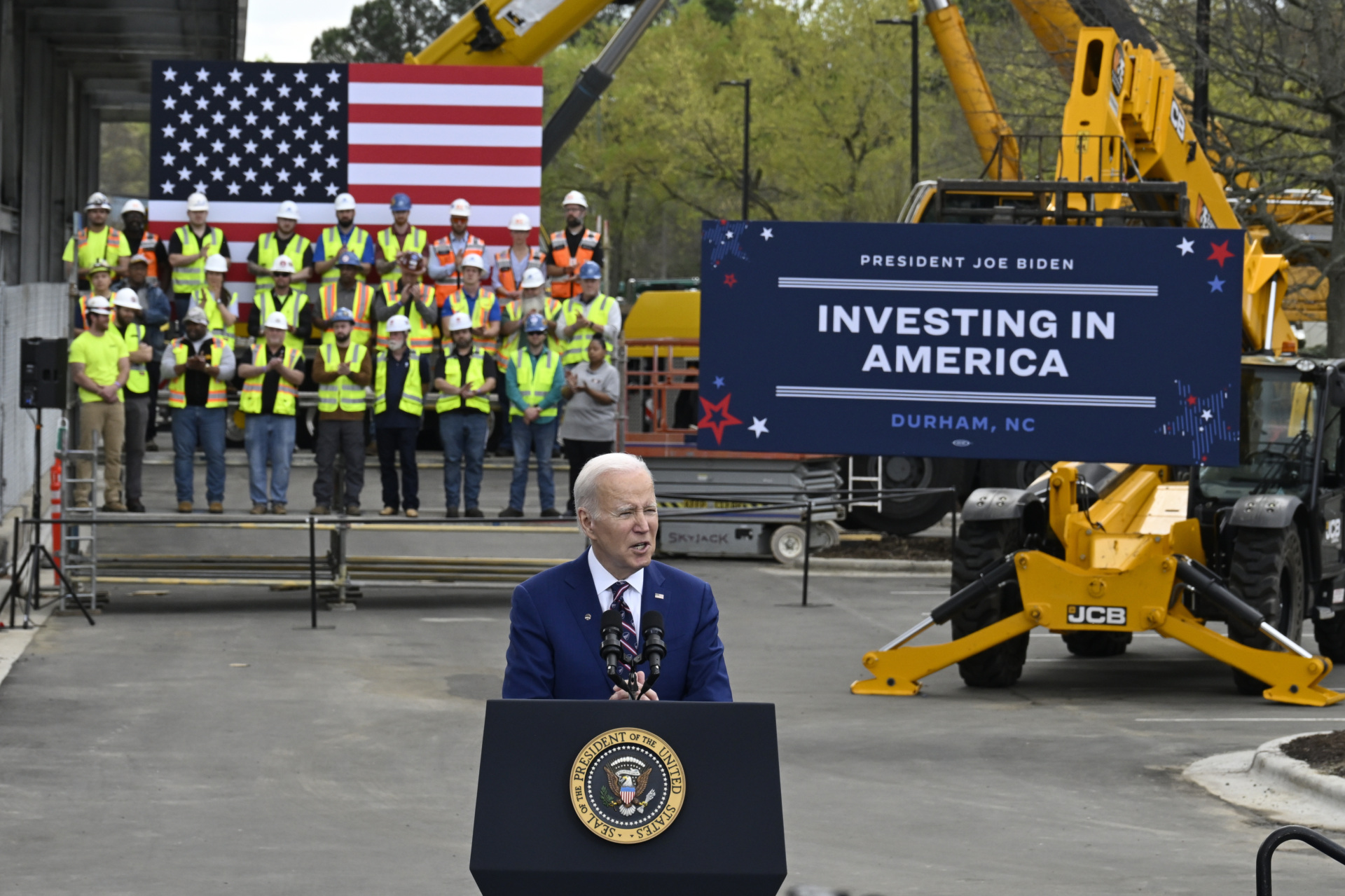The Manufacturing Recession May Have Hit Bottom
A few months ago, we were among the first to notice that the housing downturn appeared to have ended. Now it looks like manufacturing has hit its cyclical nadir.
The purchasing managers’ surveys from both the Institute for Supply Management and S&P Global on Tuesday indicated another month of contraction for the sector. It was the ninth straight month of contraction for the ISM purchasing managers’ index (PMI), following 28 straight months of expansion. The S&P Global PMI has only been in contraction territory for the past three straight months.
There’s little doubt that the manufacturing sector is currently acting as a drag on the economy. But how much of a drag? ISM reports that this is the eighth straight month in which its PMI was low enough to indicate a contraction for the broader economy. Yet the official government statistics on gross domestic product indicate output grew two percent in the first quarter of this year and an even stronger 2.4 percent in the second quarter. It’s still early days in the third quarter, but the Atlanta Fed’s initial reading has the economy growing at a 3.5 percent pace in the July through September period.
Something does not add up. Either the signal from the ISM PMI no longer is as reliable about the broader economy or the GDP statistics are not reliably indicating the health of the economy. Many economists have taken to pointing out that gross domestic income (GDI), which theoretically should mirror GDP, declined in the first quarter of the year (the second quarter has not yet been released). The average of real GDP and GDI growth, which some analysts think may be the best indicator of real growth, was just 0.1 percent in the first quarter.
In any case, both surveys now indicate that the pace of decline in the manufacturing sector was slower in July than in previous months. The ISM PMI rose to 46.4 percent, up 0.4 percentage points from last month. The S&P PMI rose to 49, up from 46.3 in June.
“The U.S. manufacturing sector shrank again, but the uptick in the PMI indicates a marginally slower rate of contraction,” Tim Fiore of ISM said in comments released with the report Tuesday.
The Factory Managers Are Feeling Optimistic
As we have mentioned in our newsletters, the regional Federal Reserve manufacturing surveys have picked up an increase in optimism even amidst the slump in demand for goods. That’s true in the PMIs also.
“There were several other encouraging bright spots in the survey, most notably including a marked improvement in business expectations for output in the year ahead. Firms are therefore anticipating the current soft patch to soon pass, and importantly are hiring more staff as a result,” Chris Williamson of S&P Global said.
Each of the surveys also showed an increase in input prices for manufacturers, albeit not at levels that seemed to indicate a surge of inflation lurks ahead. If anything, the rise in input prices appears to suggest that manufacturers are bidding up raw materials in anticipation of better demand in the future. Although some manufacturers have tried to pass on higher costs to customers, competition for sales in an atmosphere of weak demand have largely stymied these efforts.
“There was also good news on the inflation front. The combination of weak demand and improved supply led to a further ‘buyers’ market’ for many goods. Prices charged for goods consequently barely rose for a third straight month, which should help subdue consumer price inflation in the near term,” Williamson said.
Manufacturing Construction Spending Is Still Booming
Another sign of optimism may be the ongoing boom in construction spending in the manufacturing sector. This rose 0.3 percent in June, according to Commerce Department data released Tuesday. Compared with a year ago, it is up more than 80 percent.
The reason for caution about how much of an economic signal to take from this comes from the very high level of government subsidies that have poured into manufacturing construction. “The surge comes in a supportive policy environment for manufacturing construction: the Infrastructure Investment and Jobs Act (IIJA), Inflation Reduction Act (IRA), and CHIPS Act each provided direct funding and tax incentives for public and private manufacturing construction,” the White House recently noted.

President Joe Biden visits a Wolfspeed semiconductor manufacturing facility in Durham, North Carolina on March 28, 2023. (Peter Zay/Anadolu Agency via Getty Images)
That could mean that the investment in factory construction is not being driven by market-driven motives such as expected future demand or anticipated profits, but by the availability of cheap financing in an era of higher interest rates. In other words, the investment in these areas may be crowding out other investments and may not ultimately prove to be economically viable. Government spending-driven distortions often deliver losses over the longer run.

COMMENTS
Please let us know if you're having issues with commenting.